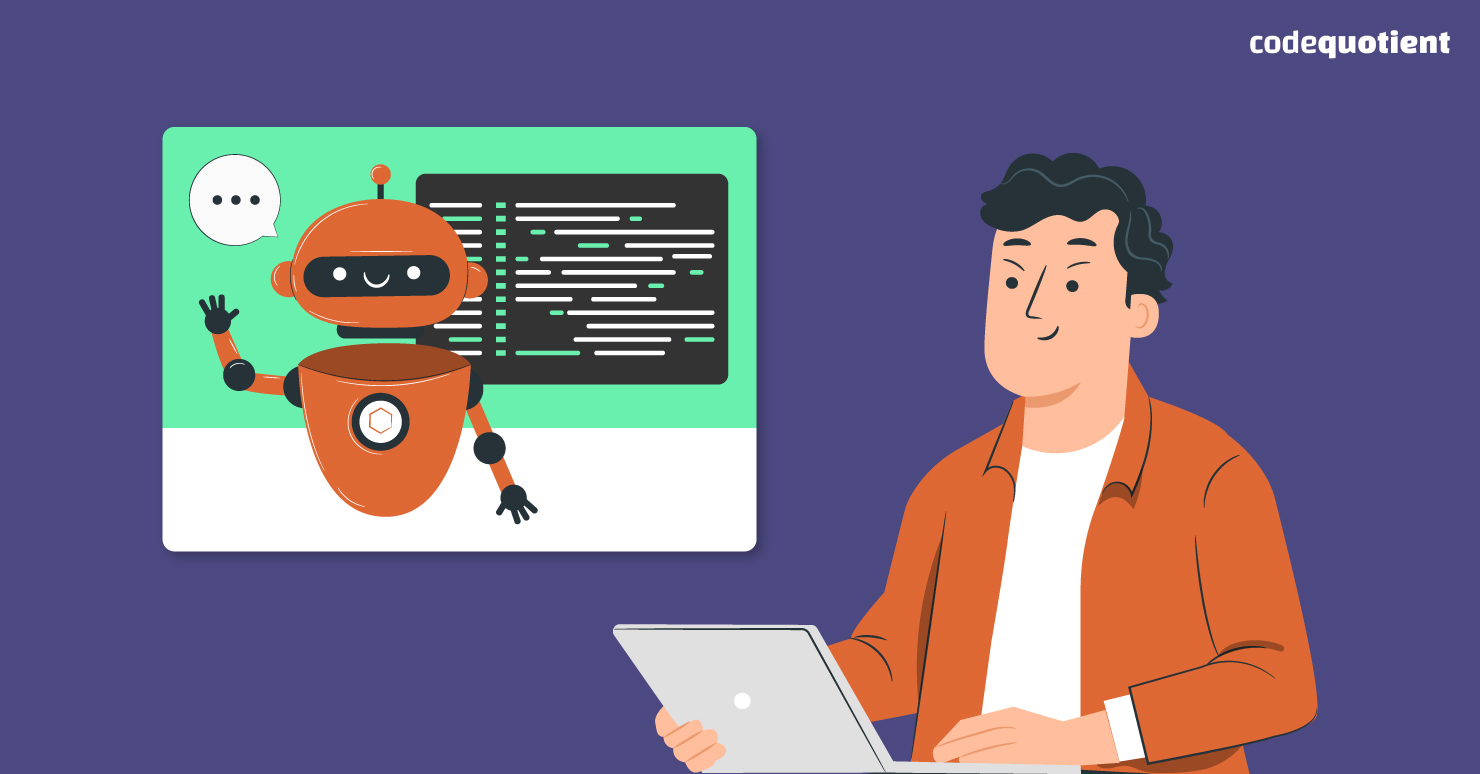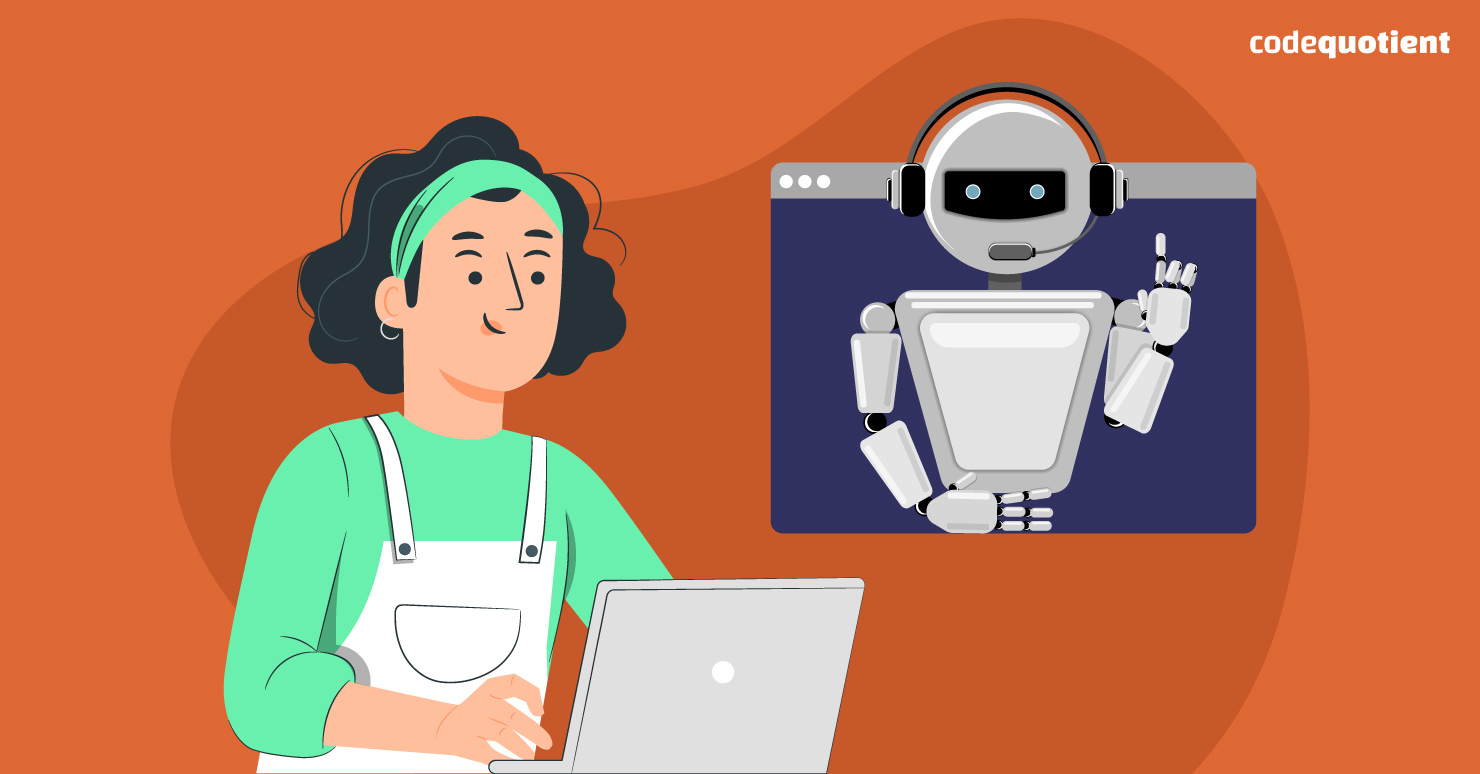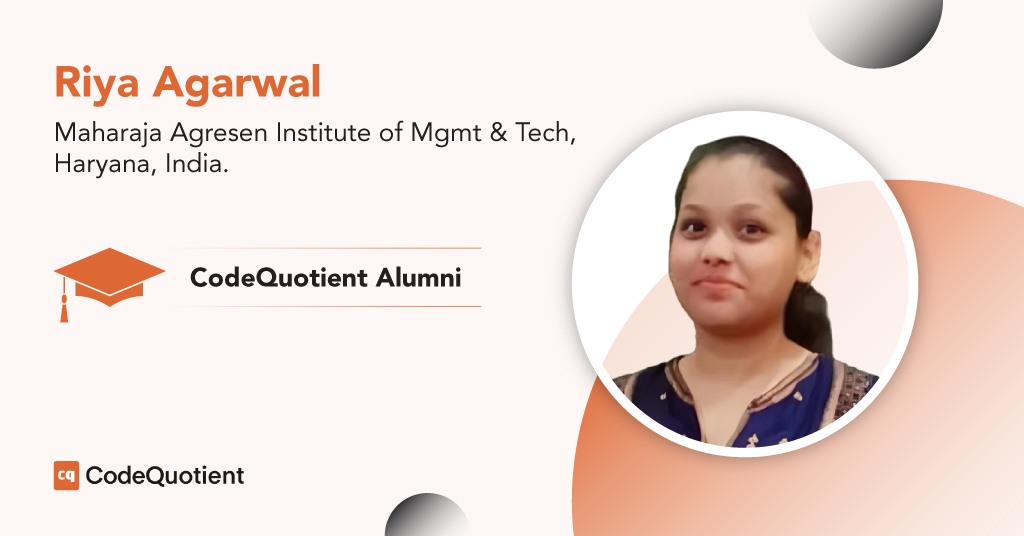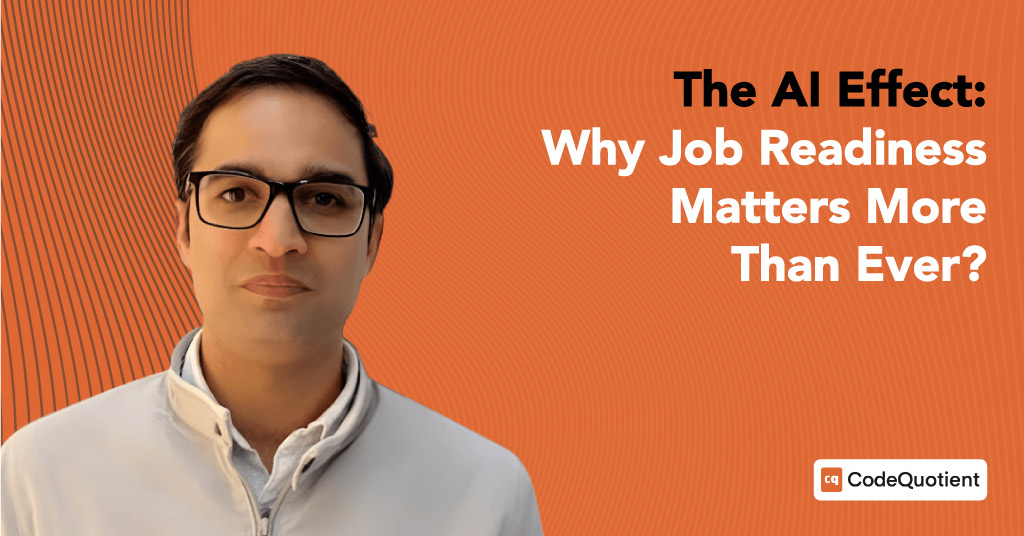Natural language processing has sparked significant interest in recent years due to its potential applications in various industries. One of the most remarkable developments in this field is ChatGPT, a language model trained by OpenAI.
ChatGPT for developers and computer science students has quickly become a game-changer. Many seek to create conversational AI applications capable of understanding and responding to natural language inputs.
Nevertheless, to fully leverage ChatGPT’s capabilities, developers and computer science students must understand its basics.
This article provides a comprehensive guide to ChatGPT, enabling users to enhance their experiences and improve business operations through innovative conversational AI applications.
Understanding the Fundamentals of ChatGPT for Developers & Computer Science Students

Let’s explore the fundamentals of ChatGPT and how developers and computer science students can leverage its capabilities.
What is ChatGPT?
ChatGPT is a language model developed by OpenAI that uses deep learning to generate natural language responses to text inputs.
It is an artificial intelligence chatbot. ChatGPT is based on the Transformer architecture and is trained on a massive amount of text data sourced from the internet.
How Does ChatGPT Work?
ChatGPT uses a neural network to process text inputs and generate responses. The model is trained on a large corpus of text data using unsupervised learning techniques, allowing it to independently learn the patterns and structure of language.
When a user inputs a text prompt, ChatGPT generates a probability distribution over the possible following words in the sequence based on the context of the input prompt. The model then selects the most likely word to follow the prompt and generates a natural language response.
There are several tools and resources available to use ChatGPT for developers and computer science students effectively:
- OpenAI API: OpenAI offers an API for developers to integrate ChatGPT into their applications easily.
- Hugging Face Transformers: Hugging Face provides a library of pre-trained ChatGPT models and tools for fine-tuning and deploying them.
- OpenAI GPT-3 Playground: This web-based tool allows users to experiment with GPT-3 models and generate real-time text outputs.
Different versions of ChatGPT
There are several versions of ChatGPT, each with varying levels of complexity and capabilities. The original ChatGPT model was trained on a dataset of 40GB of text data and had 117 million parameters.
Since then, OpenAI has released several larger models, including ChatGPT-2 and ChatGPT-3, which have 1.5 billion and 175 billion parameters, respectively.
What Are the Benefits of Using ChatGPT for Developers?
The benefits of using ChatGPT for developers and computer science students include the following:
- ChatGPT can generate natural language responses that are more engaging and personalised, enhancing the overall user experience.
- It can automate tasks requiring human intervention, such as customer support and data analysis.
- ChatGPT can help reduce labour costs and improve operational efficiency by automating tasks.
- The chatbot can handle large volumes of text data and scale to accommodate growing user demand.
Exploring the Potential Applications of ChatGPT for Developers & Computer Science Students
ChatGPT for developers and computer science students provides a multitude of ways to enhance their skills, including:
1. Language Learning
ChatGPT can be used to practice a new programming language by asking it questions and getting feedback on the correctness of the code.
2. Code Optimisation
ChatGPT for developers can optimise code by suggesting alternative approaches and providing feedback on existing code. They can ask for guidance on making their code more efficient or suggestions on optimising their algorithm.
3. Debugging
ChatGPT can also help developers troubleshoot and debug code by answering questions related to error messages or providing insight into potential causes of a bug.
4. Brainstorming
When starting a project, students can use ChatGPT to brainstorm ideas and get suggestions for approaching the problem.
5. Test Preparation
Students can use ChatGPT to prepare for exams by asking it questions related to the material they need to study. The AI chatbot can provide explanations and examples to help students understand the concepts.
6. Problem-Solving
It is a specific ChatGPT use case for developers. When they are stuck on a technical problem, they can ask ChatGPT for guidance. It can provide suggestions and alternative solutions to help developers overcome the challenge.
Navigating the Challenges with ChatGPT
Despite its many benefits, ChatGPT also comes with its own set of challenges and limitations:
- Bias: ChatGPT can exhibit bias based on the data it was trained on, leading to inappropriate or offensive responses.
- Context: ChatGPT may need help understanding the context of a conversation, leading to irrelevant or nonsensical responses.
- Complexity: Generating coherent and meaningful responses can be difficult for ChatGPT, especially in complex scenarios.
Ways to mitigate challenges with ChatGPT:
- Diversity in training data: Diversifying the training data used to train ChatGPT can help mitigate biases.
- Human oversight: Implementing human leadership can help prevent generating inappropriate or harmful content.
- Regular updates: Regularly updating ChatGPT’s training data and algorithms can help improve its performance and mitigate limitations.
Summing Up
ChatGPT for developers is an ‘auto-pilot’ offering a powerful tool to create conversational AI applications that can understand and respond to natural language inputs.
With its ability to automate tasks, enhance user experience, and scale to accommodate growing demand, ChatGPT has a wide range of applications in various industries.
Also, if you want to pursue a career in software engineering, starting early is the key to this age of AI. CodeQuotient’s Software Engineering Program (CQ-SEP) after the 12th provides you with a three-year degree recognised by UGC and accredited by NAAC A+.
SEP allows everyone to earn while they learn and collaborate with leading tech firms for up to two years, gaining valuable work experience even before your graduation.
Talk to us to learn more!




